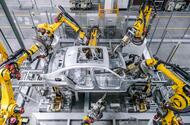Steel has been a mainstay in car manufacture for over a century and its relevance shows no signs of dimming
What happened to good old steel? It's been at the core of mainstream cars since the early 20th century, and the Ford Model T was a key catalyst in its industry takeover by the 1930s.
Aluminium and carbonfibre panels higher up the automotive food chain have dimmed some of its lustre in recent years, but incoming recyclability targets may ensure steel has a long, bright future.
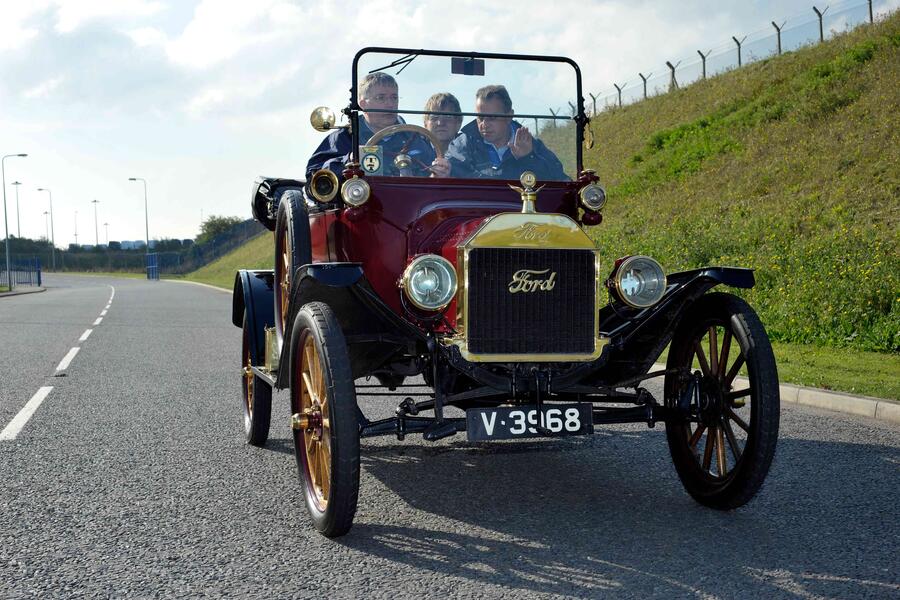
World Auto Steel, the automotive arm of the World Steel Association, brings together 18 major global steel producers with the aim of advancing the material to meet the automotive industry's increasingly strict needs "in a sustainable and environmentally responsible way". A big ask, but those leading the way are an exuberant bunch.
"Steel has been around the automotive industry for more than 100 years and has been a primary structural material in the car's history," says technical director George Coates. "It has evolved quite dramatically: just 35 years ago the most common automotive materials had strength levels of around 300 megapascals, while today we have applications at 1900 megapascals."
For those wondering, megapascals measure pressure, and 1900 of them is rather a lot - it's the sort of pressure level generated by high-end scientific instruments.
Stronger, 'ultra-high-tensile' steels are a great way to retain the intrinsic benefits of steel namely its proficiency in crash tests and affordability versus more complex alternatives while stripping some weight, which is a big help when electrification has thus far ballooned the kerb weights of even small cars.
World Auto Steel has partnered Ricardo on a project called Steel E-Motive, a ride-sharing concept that's exploring higher-tensile products to help convince car makers of the benefits.
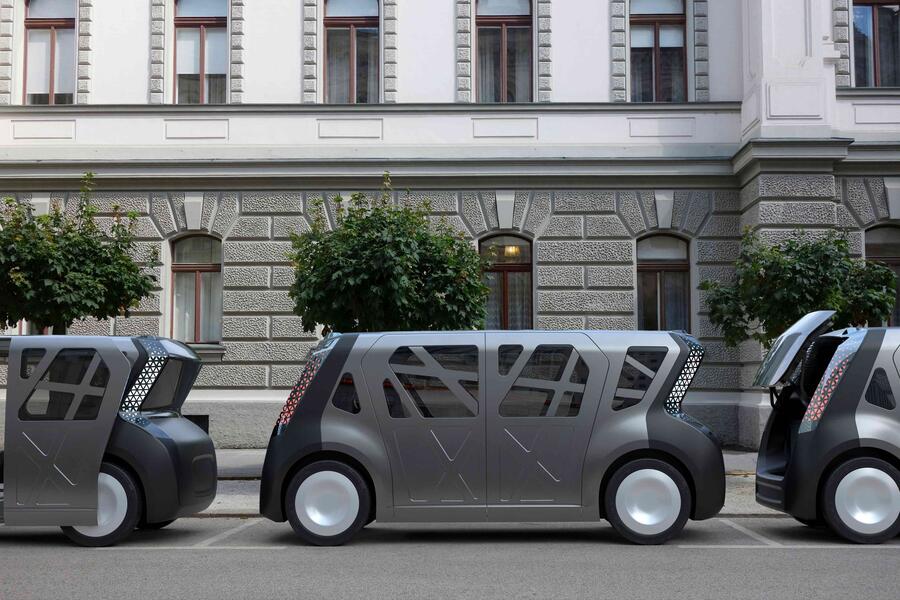
"We've gone around the world talking to the automotive OEMs and the feedback has been really fabulous," says Coates. "They've been blown away by the strength level that's been achieved. We're able to put a very specific grade of steel in the right part of the car for the right functionality. Not only that, but the steel companies can further tweak the material's properties during its manufacture. We can really tailor individual components for their intended use. That's something I think is quite unique to the steel industry."
Steel also has the benefit of high recyclability, claiming an impressively low loss rate when it's processed as scrap. Russ Balzer, another technical director at World Auto Steel, adds: "The number we use in the modelling for recycling process loss is 4-5%. Steel has been used for so long that its makers have become really efficient. A lot of investment and evolution has also gone into galvanising the use of stainless steels and aluminising [a surface treatment where aluminium acts as a protective layer]. Exhausts don't really rust any more because of this."
While steel is heavier than some alternative materials, Balzer doesn't see that as an issue in the pursuit of lightweighting EVs. "The dawn of advanced high-strength steels is a key requirement to help strip weight from electric cars, and of course there is some incentive to do so," he says. "But one thing that I think has outpaced its projections is the lowering of battery costs for vehicles. As battery technologies improve, and their densities increase, it reduces the benefit of lightweighting somewhat.
"Battery protection is an area where the strength and energy absorption of steel can come in. When we get to solid-state technology, protection of the battery becomes even more important. This is where this tailoring of different grades of steel and being able to use the appropriate grade in the right place is a huge benefit not only in the ultimate mass of the vehicle, but also in terms of lifetime cost and crash-test performance."
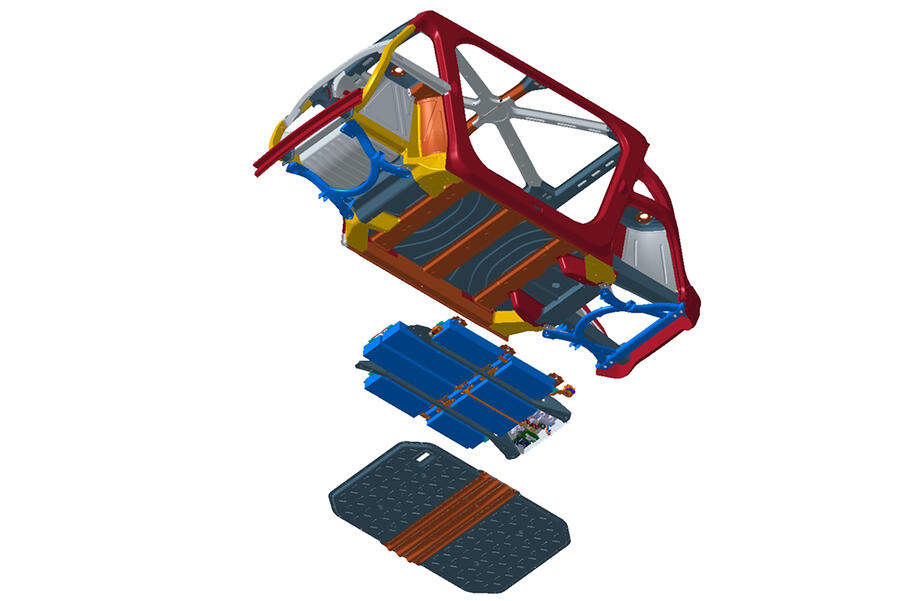
In an ever-tumultuous car market whose goalposts frequently shift, steel looks like being a constant for decades to come.
Steel’s cleaner future
"Working with car makers is a dance, a choreographed exchange of information," says Nick Silk, Tata Steel UK's product management boss. He talks me through electric arc furnace steel manufacture, which can create new steel using up to 100% scrap material versus around 30% via blast furnace.
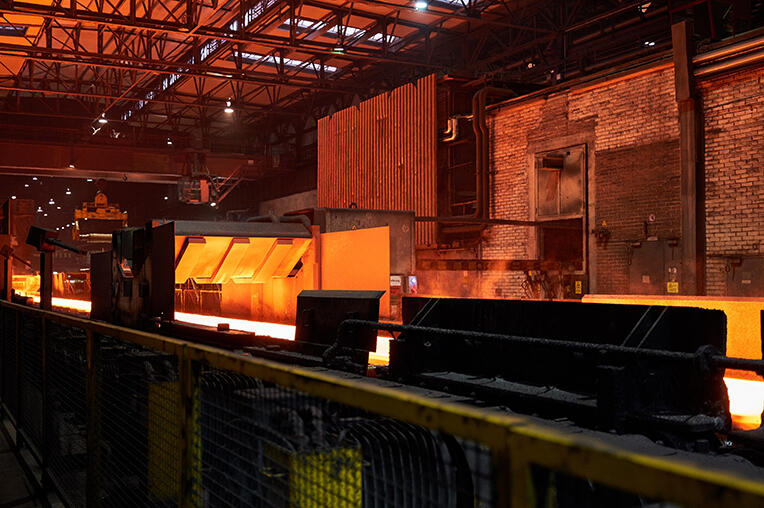
"We need to tell manufacturers how we plan to make steel in the future, what the carbon footprint of that would be and when it will be available," he continues. "They need to look at their model and decide which parts they will change to electric arc furnace manufacture. There will be a gradual decarbonisation of their vehicles."
The recipe needs high-quality ingredients, which means working together with the scrap industry to improve their supply. "Better scrap quality comes from better separation," says Silk. "Let's get the wiring looms out of the scrap before we shred it because that copper is unhelpful - and a waste of copper.
"The UK is a massive generator of scrap but not a massive consumer of it. It's exporting nearly seven million tonnes of scrap per year. We think we can use that instead of making entirely new steel. We really want to focus on a closed-loop scenario: working with scrap suppliers to make UK scrap fit for use here rather than good enough to export and make some cash from."

